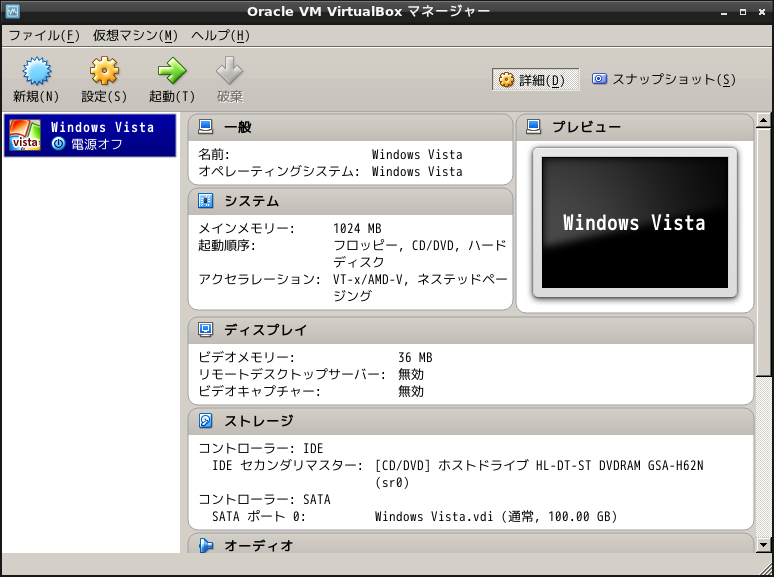

HOOKS=(base udev autodetect keyboard keymap consolefont modconf block lvm2 filesystems fsck) Set the keyboard layout in /etc/nf, for example (for AZERTY default keyboard): 1Ĭreate the hostname file ( /etc/hostname): 1Ĭonfiguring mkinitcpio HOOKS in /etc/nf to work with encrypt: 1 Set variables in /etc/nf, for example: 1īecause I want all sort of format to be displayed like we do in France but keep the system and displayed messages in English. Uncomment locales in /etc/locale.gen, and generate them with: 1 # ln -sf /usr/share/zoneinfo/Europe/Paris /etc/localtime UUID=BED1-3FAD /efi vfat rw,relatime,fmask=0022,dmask=0022,codepage=437,iocharset=iso8859-1,shortname=mixed,utf8,errors=remount-ro 0 2 # Static information about the filesystems. So you should have something similar to: 1 # pacstrap /mnt base linux linux-firmware base-devel openssh sudo wget curl neovim lvm2Ĭheck /mnt/etc/fstab correctness and add /efi /boot none defaults,bind 0 0 to mount the EFI mountpoint at boot since we mounted ESP outside of /boot.

#Virtualbox arch linux 32 or 64 install
Install the base + some useful packages: 1 Installation # Select the mirrors #Īgain, here it let you select the mirrors. # mount /dev/sda1 /mnt/efi # mount ESP to /efi outside /bootĬheck the partition table: lsblk -f /dev/sda. # mkfs.ext4 /dev/myvg/root # or /dev/mapper/myvg-root N # create a new partition (EFI system partition)Ĭreate a volume group, adding the previously created physical volume to it: 1Ĭreate all your logical volumes on the volume group: 1įormat your filesystems on each logical volume: 1 So we will have two partitions: one ESP and one partition that will host the LVM container. UEFI is enabled, so I will use a GPT partition type and an EFI system partition (ESP). Now we will use LVM to manage the disk and assume there is only one physical disk. Identify the block device associated to disks with lsblk or fdisk -l. In UEFI mode you may experience a black screen, see #Black screen for guest in EFI mode for a workaround. If you want to install Arch Linux in EFI mode inside VirtualBox, in the settings of the virtual machine, choose System item from the panel on the left and Motherboard tab from the right panel, and check the checkbox Enable EFI (special OSes only). While creating you new virtual machine, you'll need to configure the VM settings in Virtualbox. If you're not confident with those steps check the ArchWiki.
#Virtualbox arch linux 32 or 64 update
So you can download the ArchLinux iso, verify its signature, boot the live environment, set the keyboard layout, verify the boot mode, connect to the internet, update the system clock. Pre-installation # First basic steps #įor those first steps, I think you are a big boy enough to do them alone. First of all, this tutorial doesn't prevent you from following the ArchWiki - Installation guide, it is not standalone.


 0 kommentar(er)
0 kommentar(er)
